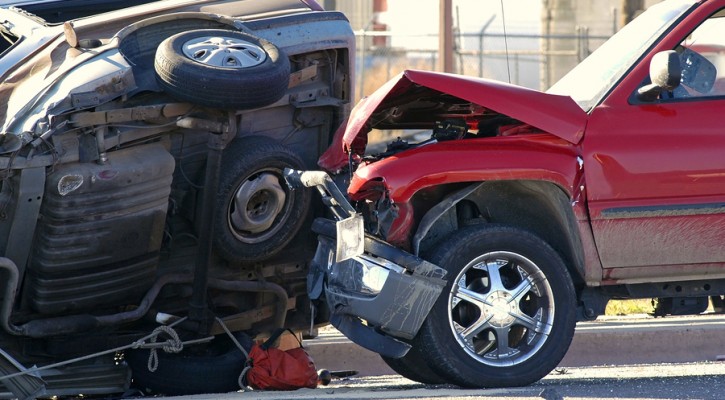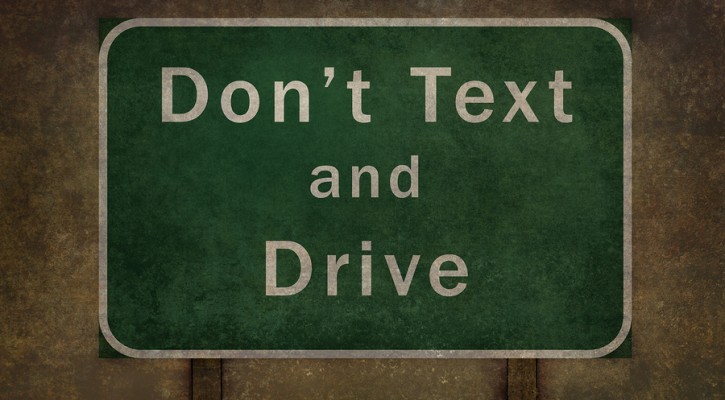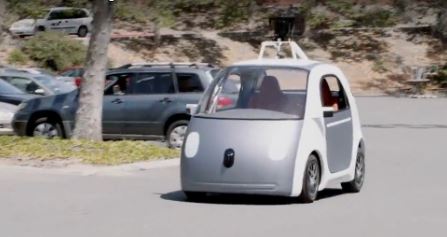Tag Archive: driver safety

Collision Avoidance Systems Should Be Standard Equipment On All Vehicles: NTSB
June 12, 2015
Collision avoidance systems should be standard equipment on all new vehicles according to a new report issued by the National Transportation Safety Board (NTSB). The NTSB is the federal agency whose job is to investigate transportation crashes of all types; aircraft, train, ship, bus, or truck. The report came about as a result of the investigation of just nine rear end motor vehicle crashes involving 48 vehicles that resulted in 28 deaths and 90 injuries.
In the US, rear end crashes are the most common type of crash involving two or more vehicles. According to the NTSB report, rear end crashes make up almost half of all motor vehicle crashes involving two or more vehicles. In the years 2011 and 2012, rear end crashes resulted in the deaths of 3,491 people and more than a million injuries. In 2012 alone, there were more than 1.7 million rear end crashes.
There are several reasons for rear end collisions including; driver distraction, false expectations of of driver intent, unsafe speed, and fatigue. However, the most common reason, according to the National Highway Transportation Safety Administration (NHTSA) is driver distraction. According to NHTSA, 87 percent of rear end crashes are due to driver distraction.
Several different types of collision prevention systems have been available over the past 20 years including;
- Collision warning systems (CWS) that alerted a driver to the possibility of a collision.
- Adaptive cruise control (ACC) that automatically maintains a safe following distance between vehicles ahead.
Both the CWS and ACC systems are passive systems that still required the driver to take action to avoid a rear end crash but the driver may not react in time.
The latest version, known as the collision avoidance system (CAS) combines the CWS and ACC into an active system that takes control of the vehicle to avoid a crash. If the CAS system senses a probable crash, it will automatically apply the brakes in time to avoid the crash. The CAS system can respond much faster than the human driver.
Using the data from the 2011 and 2012 crash database, the NTSB estimated that the use of a collision avoidance system could have saved up to 2,220 lives. They also estimated that injuries could have been avoided or reduced in 93.7 percent of those crashes.
Collision avoidance systems are already available in a few high end model cars. The NTSB is making the following recommendations regarding collision avoidance systems:
- For manufacturers to install forward collision avoidance systems as standard features on all newly manufactured passenger and commercial motor vehicles,
- For NHTSA to expand the New Car Assessment Program to include a graded rating to assess the performance of forward collision avoidance systems, and
- For NHTSA to expand or develop protocols for the assessment of forward collision avoidance systems in passenger and commercial vehicles.
Read more: Safety Shouldn’t Be a Luxury Feature

New York Enacts Stricter Anti Texting Law
November 5, 2014
A New York anti texting law that went into effect on the first of November carries some of the stiffest penalties in the nation, including license suspensions.
For young drivers subject to New York’s Graduated Driver License (GDL) laws who are caught texting while driving the penalties include:
- A mandatory 120-day driver license or permit suspension.
- For a second texting while driving conviction within six months, the license or permit will be revoked for at least one year.
For all drivers guilty of texting or using a cell phone while driving, the fines have increased to:
- $200 for a first conviction.
- $250 for a second conviction within 18 months.
- $450 for a third or subsequent conviction within 18 months.
In addition to the fines and suspensions, a conviction of using a cell phone or texting will result in five violator points on the driving record and a surcharge of up to $93.

Driverless Cars: Myths and Reality
September 22, 2014
Driverless cars are coming closer to reality every day but they still have a long way to go. It’s going to be some time before governments and auto manufacturers can all agree on a common system that will allow driverless cars to communicate with each other, and the roadway.
Driverless cars could lead to a future with fewer traffic jams, lower commute times, more fuel efficiency, and, most important of all, safer driving. However, a driverless car that’s one hundred percent driverless and one hundred percent safe is probably something that may never be achieved.
Even the best of the driverless cars being tested on the road today can’t operate in adverse weather conditions such as heavy rain and snow. Could a computer algorithm accurately predict the actions of a drunk pedestrian trying to cross the road?
Anyone who’s had a cellphone call dropped due to a momentary loss of signal can imagine what the challenges for a driverless car could be. A pack of different types and sizes of driverless vehicles traveling at interstate speeds can’t afford to drive through a wireless signal blind spot.
Who is ultimately responsible if a crash should occur? Will the blame for human error in a crash pass from the driver to the computer programmer who wrote the car’s operating code? Who gets sued in a traffic crash; the owner of a driverless vehicle who assumed it was safe to travel under the influence or the cell phone company whose signal was lost?
To better understand the promise and fears of driverless cars, read: 8 truths and myths of driverless cars

Who Takes The Blame In An Autonomous Car Crash?
April 30, 2014
With fully automated vehicles on the horizon, the Intelligent Car Coalition and the Insurance Institute for Highway Safety will be meeting to discuss who will take the blame in a car crash once the vehicle’s actions are taken out of the driver’s hands. Read more: The ‘Blame Game’ for Automated Vehicles
